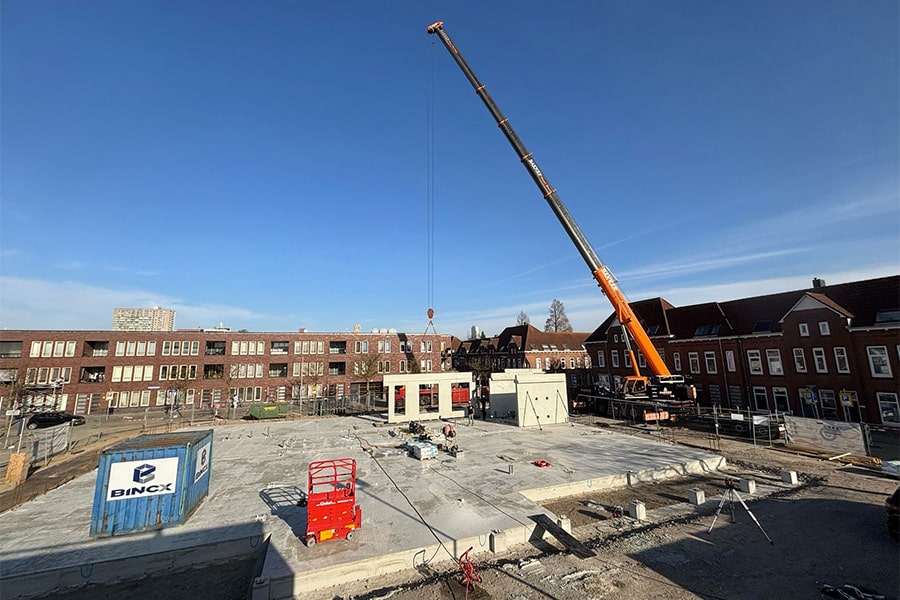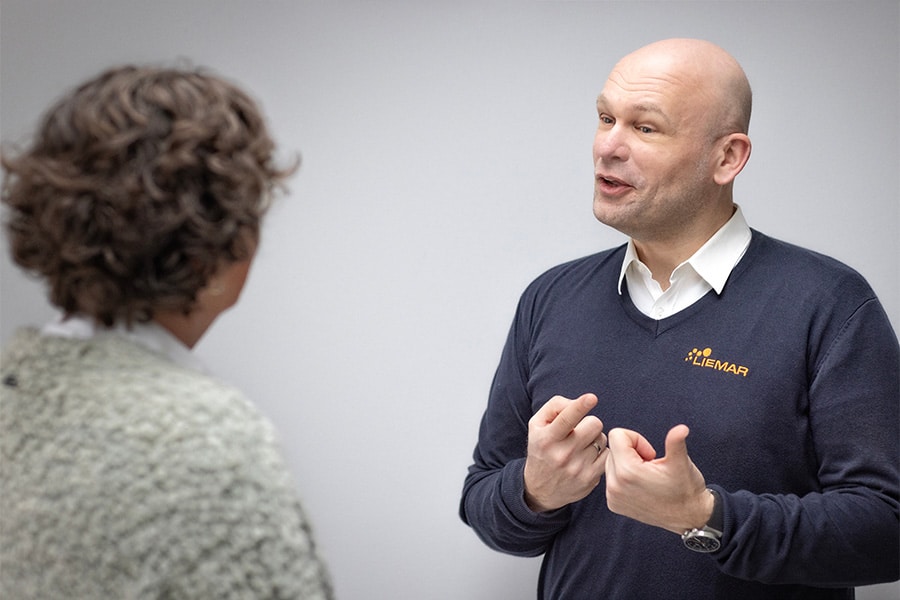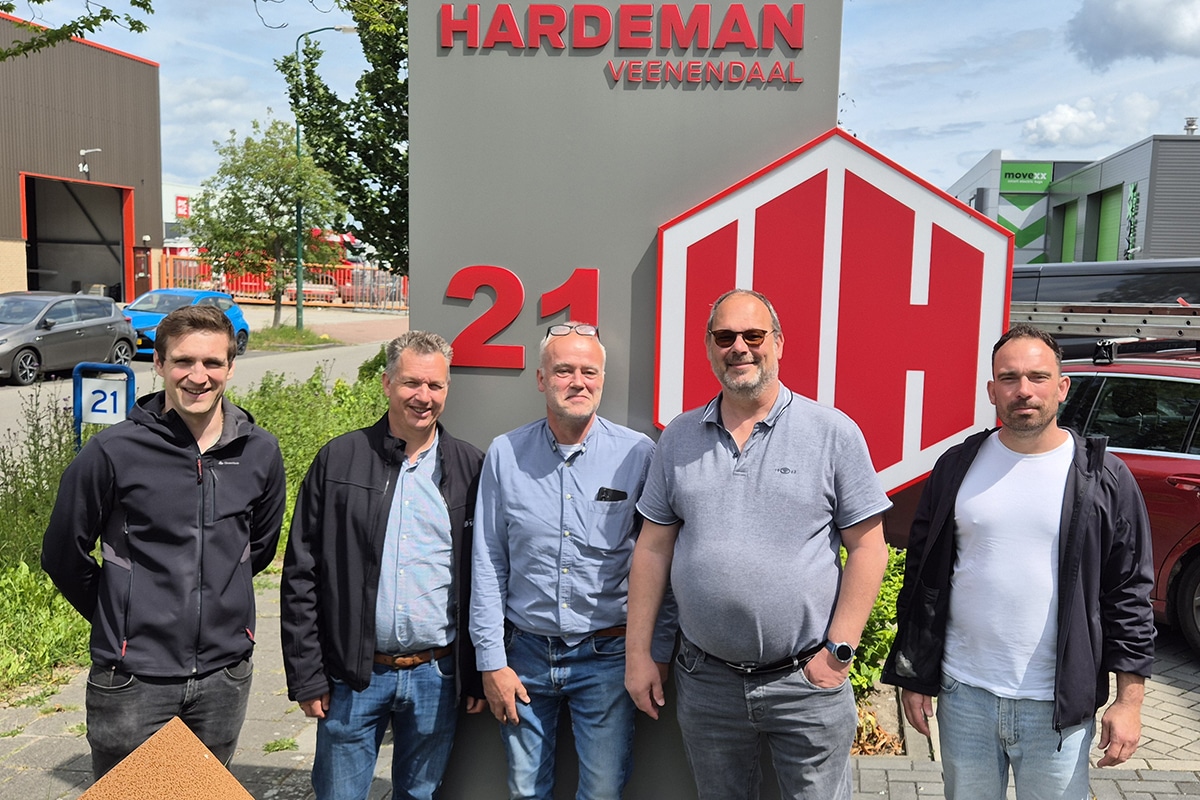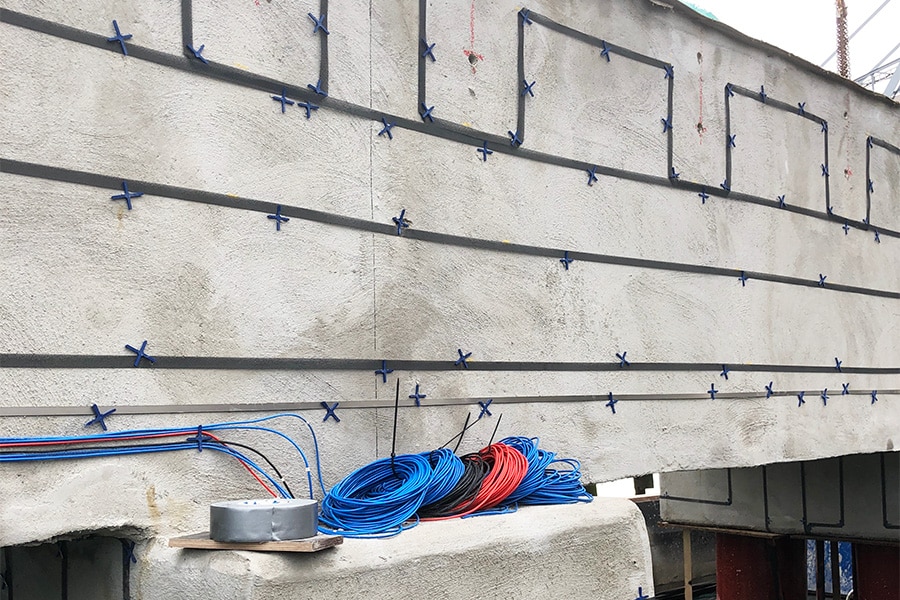
TKI Construction and Engineering at ZBRM: tackling the high demand for maintenance with AI together
"The enormous conservation and sustainability task facing the Netherlands cannot be solved without the use of digital technology," said Bart Brink of TKI Bouw en Techniek. "We need to make a huge leap of scale if we want to keep buildings and infrastructure healthy and safe and the Netherlands accessible. Artificial Intelligence (AI) can help us do that, except that construction and infrastructure is not known for the rapid adoption of digital technology. Moreover, the sector's labor productivity growth lags tremendously behind other sectors. That's why at the Southern Concrete Repair Afternoon, I'm going to talk a little about AI and what role it can play in extending the lifespan of homes, utility buildings and infrastructure."
The Top Consortium for Knowledge and Innovation (TKI) in Construction and Engineering is a non-profit organization that operates between the market, knowledge institutions and government. It develops innovation programs for the living environment and in it, life extension of the built environment is a major and challenging task. "The urgency is great, as the hard figures show," Brink begins. "Of all existing buildings and structures, 85 to 95% will still be needed in 2050. That's 7 million homes, 1 million utility buildings and over 87,000 structures. That will require a huge leap of scale in efforts when it comes to renovation, sustainability and transformation. There are an estimated 425,000 homes with foundation problems, according to the Council of the Living Environment, with 1,000 being addressed per year. The renovation of utility buildings will also have to be accelerated by a factor of three, and in reinforcing structures and roads, according to TNO, the current €1.1 billion per year will have to be scaled up to at least €2.4 billion; some infrastructure managers even speak of a factor of three to four."
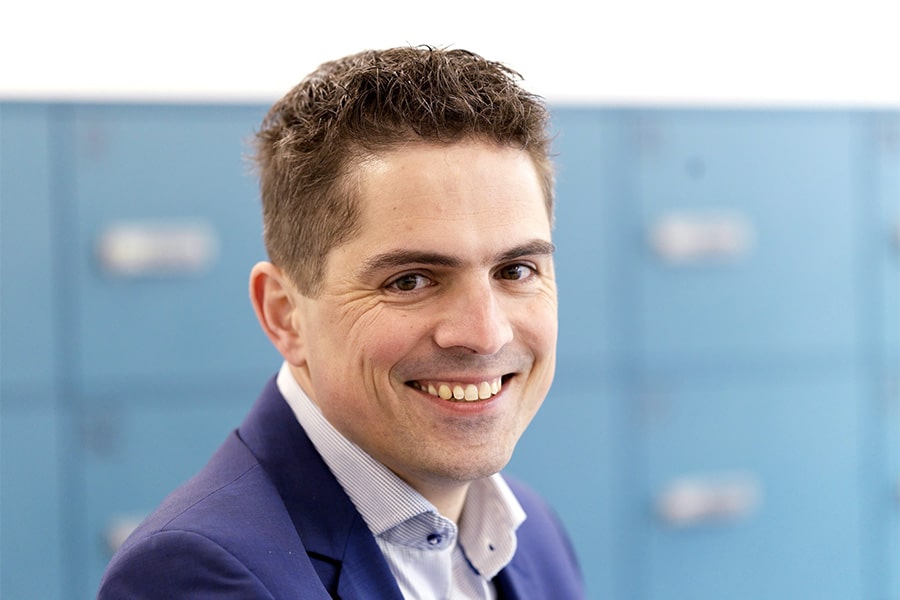
Productivity
"And if only that were all," Brink continued ominously. "The growing tightness in the labor market and severely lagging labor productivity are not making things any easier. Research by ING and CBS shows that between 1995 and 2021, labor productivity in manufacturing increased by nearly 100%. Construction as a whole compares meagerly with 21%, with civil engineering even showing a decline of 17%. Moreover, capital productivity, measured by value of machinery per worker in 2021, is very low at €10,769 compared to the industry's €118,718. This is partly because construction is a conservative sector that is slow to adopt new technology. The sector works mostly project-based and consists of relatively many small companies with little room for innovation. These companies are primarily engaged in physical work and digitization is limited to limited automation of administration."
Cold feet
That explains a bit why the adoption of AI in the built environment is still relatively limited: by 2023, only 5% of companies in the design, construction and engineering sector were actively using it. Brink: "You can call it cold feet; in any case, we see it as one of our tasks to allay those fears. After all, we cannot get around the fact that digital technology such as AI is necessary. Otherwise, we cannot make the required leaps of scale. Since there is a lot of confusion about the term AI, at the ZBRM I will first clarify the concept of AI in relation to the task we are talking about."

Role of AI
Brink then turns to the application directions for AI in the life extension of buildings and structures. "I am not a concrete expert, but from TKI Bouw en Techniek we can indicate where we see the opportunities for productivity gains. That is, on the one hand, taking over repetitive tasks, creating time to do other things with more productivity value. On the other hand, AI is great for making sense of complex situations. More and more data is being collected, think of inspection images, drone recordings and sensors in buildings. You will have to structure and interpret that with input from local conditions and geodata. That's where AI can play a big role. With concrete structures, for example, you can deal with problem cases in a more targeted way instead of always having to check everything. Predictive maintenance can benefit enormously from AI."
Are there any pitfalls? "Of course," Brink said. "One danger is that data and digital IT experts are getting smarter, but the gap with people on the shop floor is widening. It takes time for technology to land well, especially in construction and infra. So my main message is that we need to join hands in construction, and also in concrete maintenance. For many companies, the investment in time and money that embracing and applying AI on a large scale requires is unbearable. Nor is it necessary. After all, we are not in a market with a hundred providers for one customer. In fact, it's the other way around: supply is increasingly scarce and offers room to work together on the opportunities, knowledge and frameworks for AI. After all, you are less and less each other's competitors but each other's partners in solving the social task."

